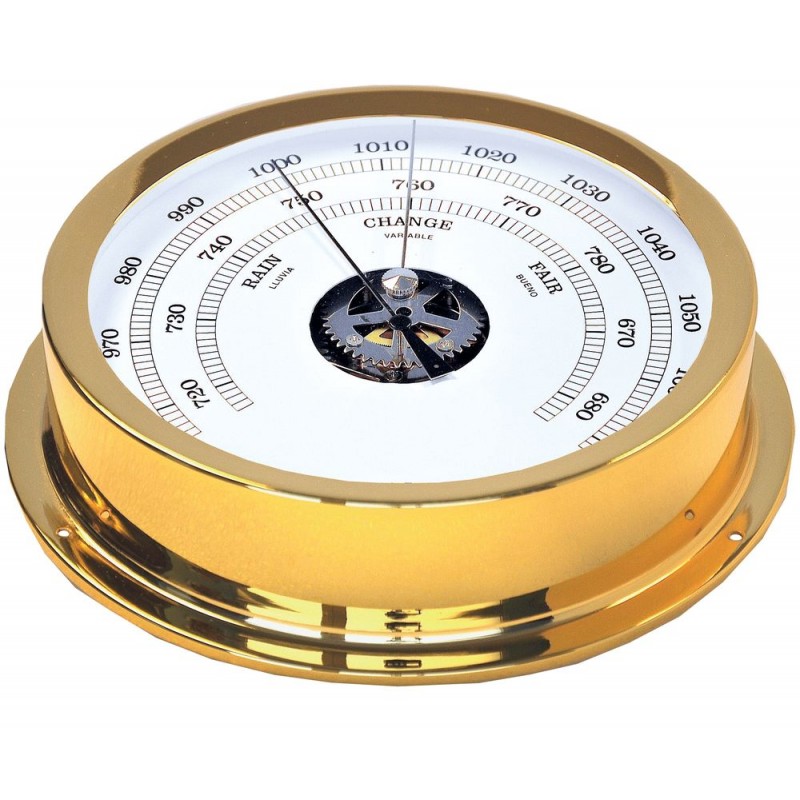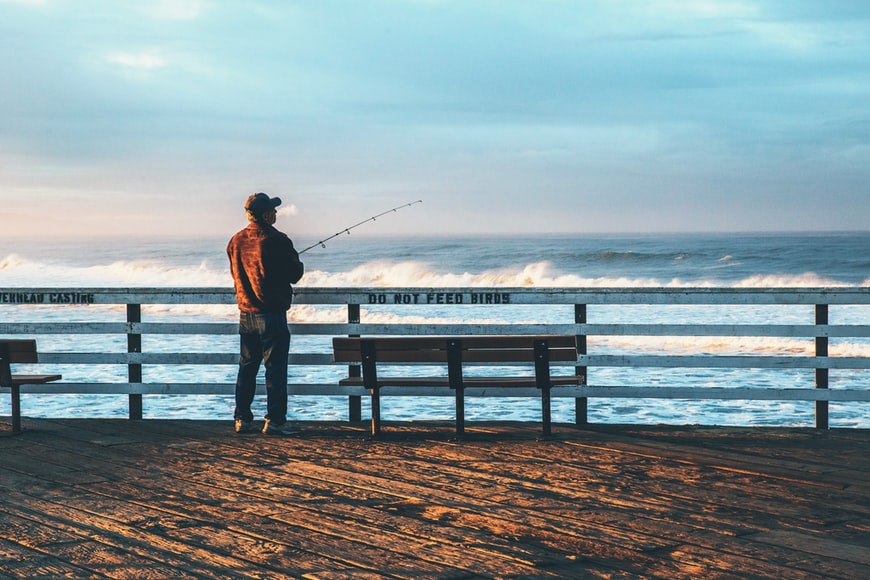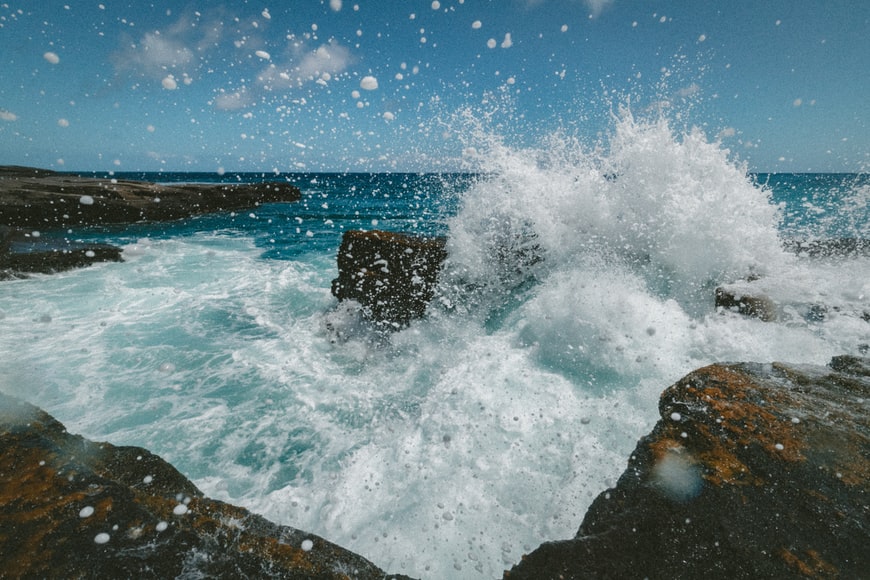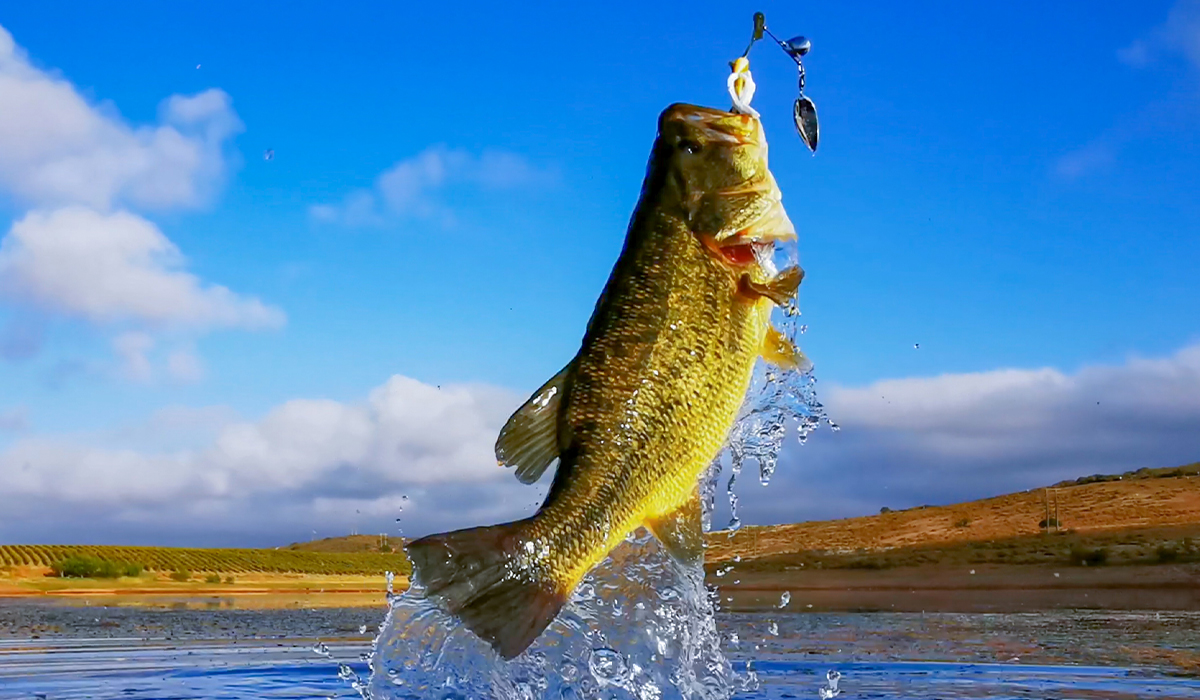Learn How Barometric Pressure Affects Fishing – Ultimate 2024 Guide
Fishing has always been an important human activity as a way to provide food for the family and, in more recent times, for recreation. Nowadays, as well as in ancient times, fishermen have remained persistent in this activity. It is funny how a picture of a big fish will elicit more Facebook and Instagram views and likes than most other types of posts… even amongst non-anglers. There is something very primal in catching fish.
Sometimes a pure necessity for those living near a river, a lake or an ocean and sometimes a lucrative sport, fishing has always been in close connection with weather conditions. The question: how weather conditions, and more specifically – how barometric pressure affects fishing, has become a cornerstone of a sort of science, or more precisely – a field of interest with many variables.
Almost no one is ignorant of the fact that weather conditions affect the movements and behavior of fish. What’s more – novice fishermen and pros consider this the most important factor when fishing for bass and other kinds of fish.
Heavy storms, changes of temperature and the runoff from heavy rain all have their role in changing fish movement patterns. However, the barometric pressure has the key role in finding out where the fish are.
How exactly does barometric pressure affect fishing?
Research and fishermen’s experience show that rising pressure sends fish moving around cover and in lower depths, before the pressure tops out and fish become lethargic. It also reveals that falling pressure sends fish on the hunt for food in shallower water.
To understand fish behavior in different weather conditions, under various changes of barometric pressure, let’s first come to the bottom of what barometric pressure is and what humanity has discovered about it through centuries of developing various spheres related to it and sciences dealing with it as an important factor.
Understanding Barometric Pressure
No study would be complete without seeing the development of a concept, phenomenon or a notion through time, so in this chapter we will take a look at the history of barometric pressure and see how it is connected with fishing today.
History And Definition
Although Evangelista Torricelli, an Italian physicist is credited with inventing the barometer and shedding light on the concept of barometric (atmospheric) pressure, a more comprehensive understanding of the phenomenon occurred after the discovery of gravity, by Sir Isaac Newton in 1665. Why was Newton’s discovery so important for barometric pressure?
Newton used his mathematical description of gravity to derive Kepler’s laws of planetary motion, account for tides, and many other phenomena, which would prove to be significant for understanding barometric pressure later on.
Since air has been defined as a tangible material substance, the conclusion was that it has mass. Any object with mass is influenced by the universal force known as gravity. Gravity shapes and influences all atmospheric processes. It causes the density and pressure of air to decrease exponentially as one moves away from the surface of the Earth.
Since the force of gravity gets stronger the closer you are to an object that has mass, atmospheric (or barometric) pressure gets lower the higher you move from the Earth’s surface. The unit of barometric pressure is atm and is roughly equivalent to the average sea-level barometric pressure on Earth; that is, the Earth’s atmospheric pressure at sea level is approximately 1 atm.
But, how do we measure barometric pressure at specific places, altitudes on Earth?
Measuring Barometric Pressure
Atmospheric pressure is commonly measured with a barometer. In a barometer, a column of mercury in a glass tube rises or falls as the weight of the atmosphere changes. Since the weight of any object is directly connected to the gravitational force, and this one is the most potent near the surface of the Earth, the atmosphere ‘’weighs’’ most at low points and drops the higher we climb through the atmosphere.

Since rapid drops in barometric pressure influence the chance of catching fish in a highly beneficial manner, we will dedicate a chapter to comparing high to low air pressure as a precondition for good bite, after we have understood well what we consider normal barometric pressure.
What Is Normal Barometric Pressure?
A barometric reading in the range of 29.80 and 30.20 inHg can be considered normal, and normal pressure is associated with steady weather.
When the barometric pressure is normal, there is no need for us to adapt to it. The reason we can’t feel it is that the air within our bodies (in our lungs and stomachs, for example) is exerting the same pressure outwards, so there’s no pressure difference and no need for us to exert any effort.
Barometric pressure range
Normal barometric pressure, or colloquially put – comfortable air pressure moves between 29 inches and 31 inches. People are most comfortable with barometric pressure of 30 inches of mercury (inHg). When it rises to 30.3 inHg or higher, or drops to 29.7 or lower, the risk of heart attack increases.
A barometric reading over 30.20 inHg is generally considered high, and high pressure is associated with clear skies and calm weather.
A barometric reading below 29.80 inHg is generally considered low, and low pressure is associated with warm air and rainstorms.
Let’s start the exploration of what the best fishing conditions are by finding out what medium, most ‘’neutral’’ air pressure is.
Medium air pressure
Medium air pressure is ideal for beginners, those who yet don’t possess supreme fishing techniques and knowledge about fish movements provoked by changing weather patterns.
This is where a fishing app, such as BassForecast app can help a great deal.
In medium air pressure, fish will bite in a medium to slow manner and you can expect normal fishing conditions.
As we’ve said, beginners might prosper a great deal from using a fishing forecast app, and so can the pros, since learning about fish movements is a never-ending process.
The big question and the real discussion starts with comparing low to high pressure regarding fish movements, visibility conditions and other factors which affect fishing, so the next chapter will deal with comparing low pressure with high pressure fishing odds, giving the ‘’how’’ and the ‘’why’’.
Is High Pressure or Low Pressure Better for Fishing?
We have all heard about barometric pressure in weather forecasts, yet normally don’t pay attention to it. However, it influences our physical states tremendously. Fish don’t watch the forecasts, yet their behavior could easily be used as a completely precise indicator of changes in barometric pressure.
So, let’s finally see how barometric pressure affects fishing conditions.
Fishing in high pressure
How fish, and specifically bass fish behave in relation to high and low air pressure has to do with accompanying weather-related fluctuations in water temperature, light penetration, and other factors caused by differences in air pressure.

If the pressure is rising rapidly, It is usually accompanied by bluebird skies and calm winds, which makes the fish spooky and sluggish to bite. It might take 24 to 48 hours for fish to return to their normal behavior after a period of rapidly rising pressure.
Although high pressure makes for tough fishing, there are changes you should make to improve your fishing success. You might want to consider fishing in “stealth mode” to not spook the fish; from the bank, or in a kayak or a small boat since the water will be calm.
If we wanted to pick the ideal barometric pressure for luring the most bass, what would it be?
If the pressure is rapidly falling, it is usually associated with prefrontal conditions; overcast, windy and the tail end of a warm front; all of which usually makes for better than average (and sometimes EPIC) bass fishing.
If the barometer is stable over a long period of time (several days in a row), the fishing is usually better than average as the food chain establishes a regular rhythm.

Of course, your fishing techniques and aptitude will play a huge role, whether you are fishing in falling, rising or stable barometric pressure conditions.
Since barometric pressure forecasting is complex and prone to change, you might want to turn to something accurate, by which you will be able to predict fishing conditions. So, let’s see how barometric pressure forecasts can help.
How Can Barometric Pressure Forecasts Help You Catch More Fish?
Knowing what you know now, about barometric pressure and its effects on bass behavior, you are equipped to interpret a barometric pressure forecast correctly and productively – so you can catch more bass fish.

You are probably thinking now that this is too much information which you have to keep in mind and interpret in order to be a successful angler. Don’t worry, the next chapter has good news for you.
Is there an app for barometric pressure?
Yes! Although there is no one golden rule and there are many variables in fishing, as you might have noticed by now, using BassForecast fishing forecast app increases your odds of catching more and bigger bass, by 68% to 305% percent. How does it work?
BassForecast Fishing Forecast App
The ultimate bass patterning tool tracks real time weather and applies bass industry research & proven seasonal patterns to surface adapted forecast conditions (including Barometric Pressure), ratings, and tips. This app provides you with a 10 day forecast, so you never miss a great day for fishing.
BassForecast informs you about seasonal patterns in play for your selected location and provides advice and data on the most effective baits, key lake locations and optimal presentation based on seasonal feeding patterns for your selected location.
How best to fish each type of bait, including optimal rod type, reel, and line are just some of the many attractions of the app that help you maximize your time on the water, improve your odds of catching bass and make you a better bass angler..